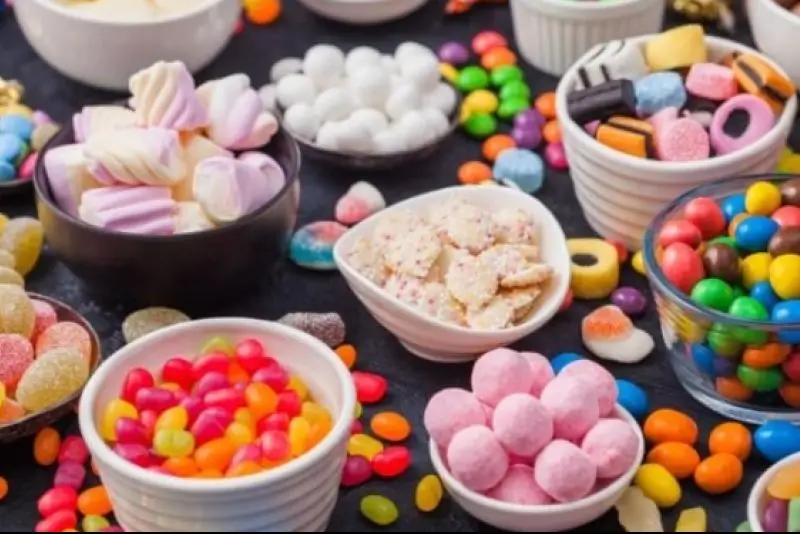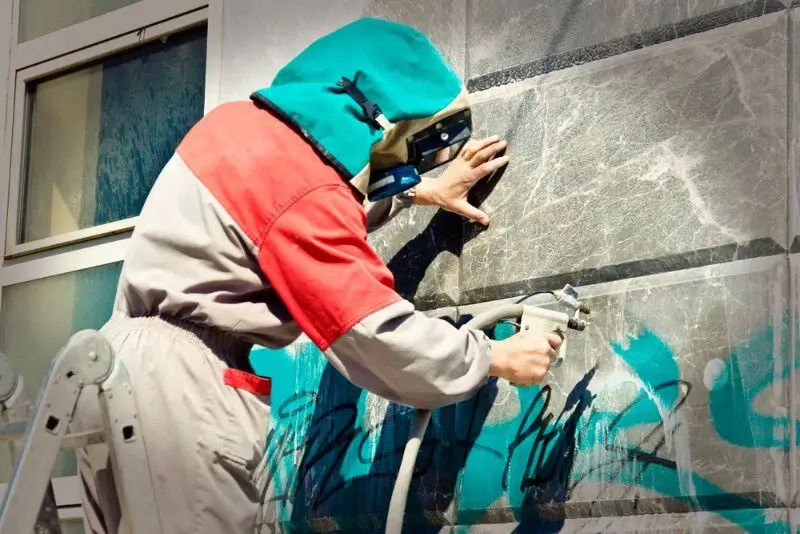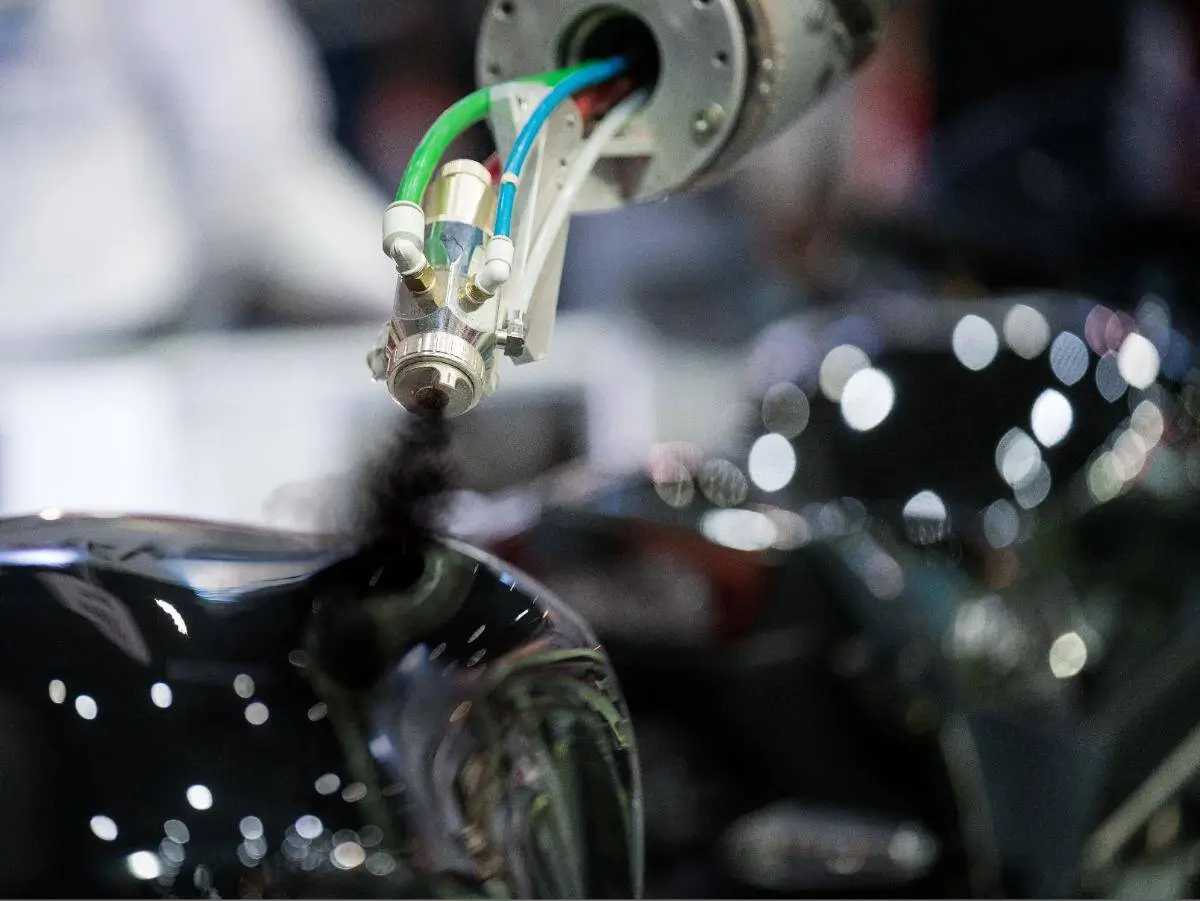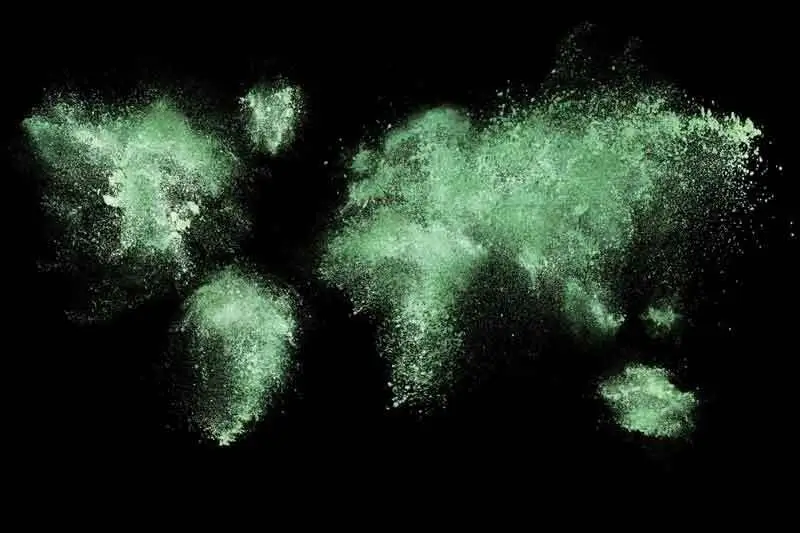Alternative to shellac confectioner’s glaze

A VEGAN GLAZE MADE OF CORN PROTEIN
Confectioner’s glaze is used on many products. The most common glaze used is shellac. Consumers are increasingly aware of what is in their food (or confectionery). More and more parents look at the E-numbers on the packaging before giving their children sweets. Lots of E-numbers? Skip it.
More and more people are looking at E-numbers. Shellac, E904, is not as natural and harmless as it is claimed to be. No wonder the UK is changing its rules about shellac. As of 2024, shellac will no longer be considered vegan.
Another reason for confectioners to look for an alternative. A good and much more environmentally and animal friendly alternative is corn protein. Read more about replacing shellac glaze with corn protein. We can supply this to confectioners!
SHELLAC AS A CONFECTIONER’S GLAZE IS NOT ANIMAL FRIENDLY
Consumers are aware that gelatin, which is commonly found in confectionery, is derived from offal such as bones, hides and skins, particularly from cattle and pigs. Consumers therefore make a conscious decision whether to consume gelatin.
Shellac is “sold” as a natural product. Yes, the base of shellac comes from nature, as does gelatin. But what few consumers know is how shellac is actually made.
The raw material for shellac is produced by the lacquer louse, Coccus Lacca. This louse is half an inch long and lives up to 6 months. The insect lives on trees in India, neighboring countries and South Asia, mainly on dedicated shellac plantations.
After fertilization, the female aphid secretes a sticky secretion (resin) to cover herself and the branch. She lays her eggs in the resin and then dies. During harvesting, the branches with the resin are cut from the tree and the cane varnish is scraped off. Lice are often caught in the process (many die).
The sap is first cleaned by washing it with water, also to remove the dead lice. Sometimes it is mixed with insect blood and then dried to a lumpy substance. This is then ground, dried and sieved. The resulting semifinished product is called correllac. Water and sodium carbonate are then added to the granulated slag. It is then cooled and sodium hypochlorite is added to bleach the lacquer. The end product is called shellac.
Shellac as a confectioner’s glaze may no longer be called vegan
Until recently, shellac was considered a natural product. But it is by no means animal friendly. And that is why the UK will change its legislation in 2024. Shellac will no longer be allowed to be called vegan. Which countries will follow?
SWEETS WITHOUT A CONFECTIONER’S GLAZE ARE UNTHINKABLE
As a confectioner, the use of coating is indispensable in confectionery production. It is often used in production of:
Hard candies: confectioners glaze is often used to give a shiny and protective coating to hard candies, such as lollipops, candy canes, and fruit-flavored sweets.
Soft candies: Shellac is also used for producing soft candies. Such as jelly candies like gummy bears and marshmallows
Chocolate-covered nuts and fruits: Confectioners’ glaze is applied to chocolate-coated nuts, raisins, cherries, or other fruits to provide a glossy finish and extend the shelf life of the products.
Jelly beans: Many jelly beans are coated with a thin layer of confectioners’ glaze to enhance their appearance and protect them from moisture.
Sprinkles and decorative toppings: Confectioners glaze is used to coat decorative toppings like sprinkles, nonpareils, and dragées. It adds shine and helps prevent the colors from bleeding or fading.
Chewing gum: Some chewing gums are coated with a thin layer of confections glaze to give them a glossy and protective finish.
THE BENEFITS OF CONFECTIONERS GLAZE AS A COATING
The reason why confectioner’s glaze (mostly shellac) is so widely used in confectionery production is because of the advantages that confectioner’s glaze offers:
Glossy and shiny finish
It makes the sweets more attractive and appealing to consumers. The glaze can give a polished and professional look to candies, chocolates, and other confectionery items.
Flavor retention
The glaze can help retain the flavors and aromas of the confectionery products by acting as a barrier against moisture and flavor loss. This ensures that the desired taste and aroma are preserved until the product is consumed.
Protection
It forms a barrier. It helps prevent moisture absorption, which can lead to texture changes, spoilage, or degradation of the product. By creating a barrier, the glaze helps to maintain the freshness, quality, and shelf life of the coated items.
Preservation
The glaze can help extend the shelf life of confectionery products by acting as a protective seal. It helps to keep the products from drying out or becoming stale, maintaining their taste, texture, and overall quality for a longer period.
Prevents sweets from sticking together
A glaze coating can make confectionery items less sticky and easier to handle and package. It reduces the likelihood of the products sticking together or leaving residue on packaging materials.
Hygiene and cleanliness
Glaze provides a smooth and sealed surface, reducing the chance of contamination and improving hygiene. It helps to protect the confectionery items from external contaminants, such as dust, dirt, or handling during packaging or transportation.
Attractive color
A color can be added to the glaze coating to enhance the flavor experience.
THE ALTERNATIVE TO CONFECTIONER’S GLAZE: CORN PROTEIN
The alternative is a corn protein coating that has the same benefits as shellac confectioner’s glaze. It forms a glossy coating over the confection that protects the product and gives it an attractive, shiny appearance. A corn protein coating is also a natural product like shellac, but no animal materials are used. Therefore, this corn protein coating is 100% vegan.
The advantages of corn protein:
- Non-GMO
- Vegan
- OU Kosher
- Gluten-free
- Lactose free
- Biodegradable, recyclable, bio-based
THE APPLICATION METHODS OF CORN PROTEIN AS A CONFECTIONERY GLAZE
If you are using shellac confectioner’s glaze for your confections, you can use the same application method by replacing shellac with corn protein.
With corn protein, you can apply a glaze by:
- Dipping
- Spraying
- Brushing
- Curtain coating
- Enrobing
Corn protein can be supplied as a ready-to-use powder, water-soluble powder or liquid.
SWITCH TO CORN PROTEIN AS A CONFECTIONER’S GLAZE
The corn protein coating we can supply is more easily broken down by natural processes. It is completely biodegradable and 100% vegan. Therefore, we believe that corn protein glaze is the future as a replacement for the traditional shellac confectioner’s glaze. We believe that switching to corn protein is a natural step that meets market demand and will contribute to your beautiful and attractive end product.
Can we help you make the switch? Would you like more information on this corn protein coating? Please contact us.
What solution are you looking for?
We are specialized in the alternative to shellac confectioners glaze vegan glaze made of corn protein. Need the best products or advice? Then please leave your details and we will get in touch.


